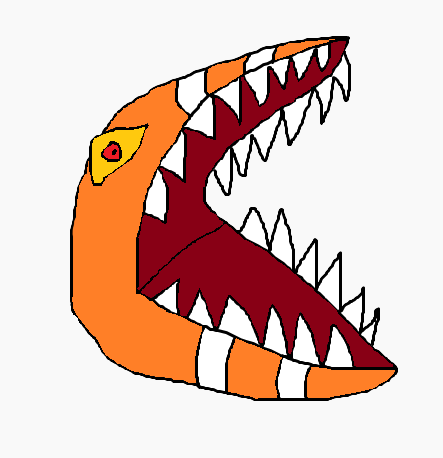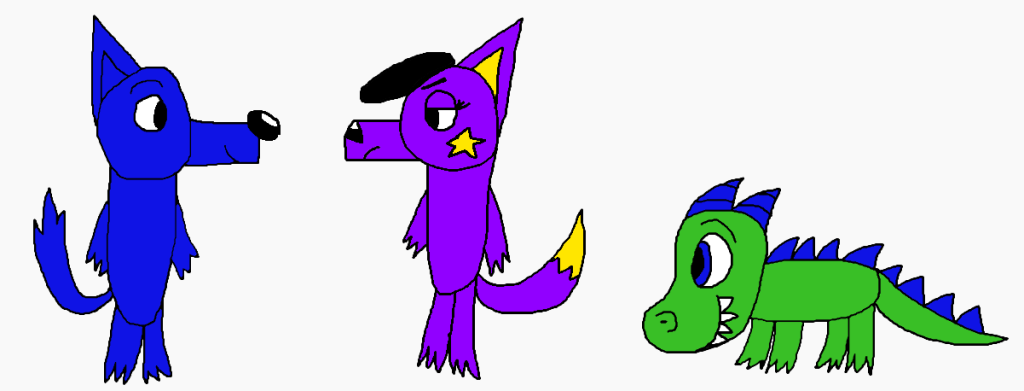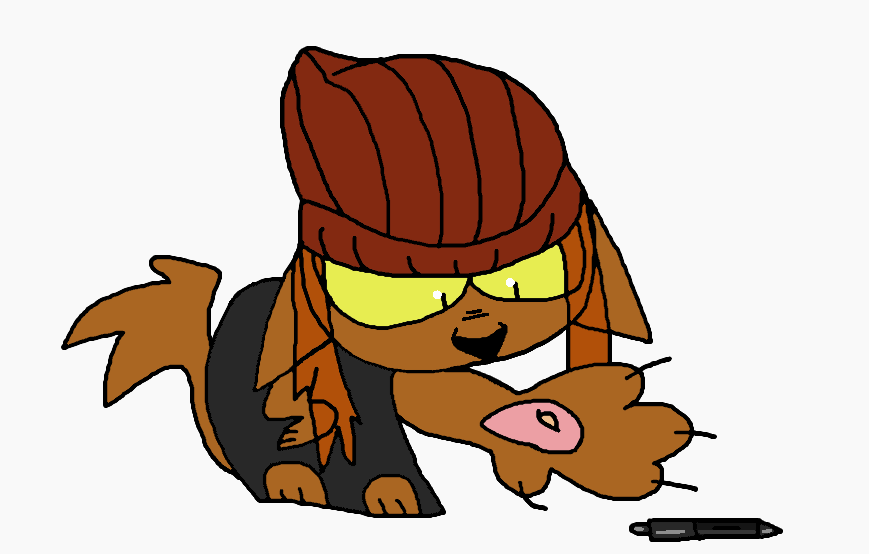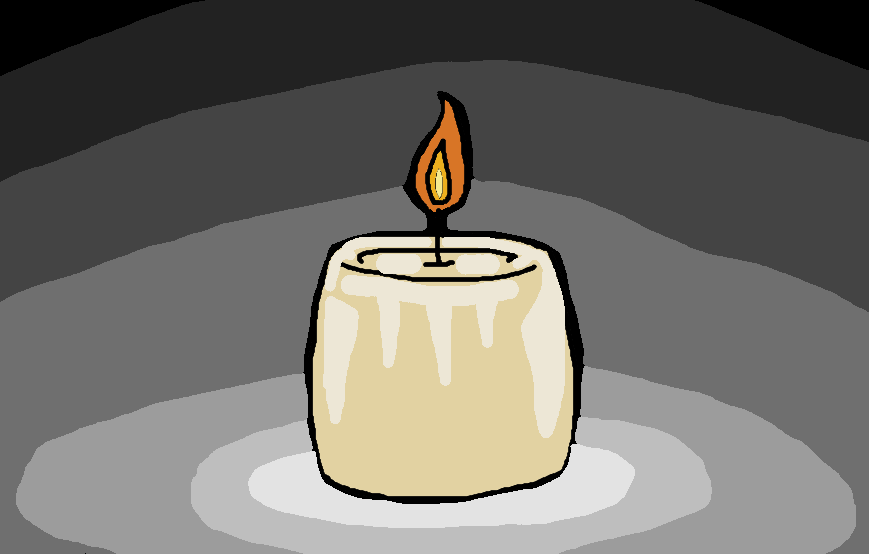A loaded question.
Last fall, I suffered an injury in my neck, back and shoulders that was some of the worst pain I’ve ever experienced. Everyday activities became painful, I could not keep my head upright, and I spent most of my days lying down.
Thankfully, my condition has improved, but I still deal with pain. It significantly altered the way I approach my art and how I envisioned my creative efforts would play out in my life. It forced me to revisit my artistic motivation, the ‘Why’ behind what I do. A vast rabbit hole awaited me.
I enjoyed my alone time when I was younger and, disliking more rambunctious activities, I opted to fill my time with drawing. My ‘Why’ bordered between boredom and something nameless.
I examined the Tyrannosaurus rex illustration on the cover of one of my favorite dinosaur books. I realized that someone had to create that, as well as every other illustration in the book. I thought to myself, “If they can do it, why can’t I?”
I tried recreating the cover, resulting in something like an angry traffic cone. Sitting back, I pondered the amount of practice ahead of me. I had something to prove to myself.

The ‘How’ behind the ‘Why.’
Later, armed with a plastic bag full of colored Sharpies (or BIC markers), I drew cartoon characters step-by-step with recorded lessons by Bruce Blitz. Using clever creative tricks, objects and letters turned into animals. My appreciation for the skill of simplifying and thinking creatively increased. I needed to be able to achieve that without a tutorial.

Around this time, I designed my first original characters: Wolf, Star, and Jack, seen here from left to right. With them, I created makeshift situational comedy storyboards. For each panel, I used a new sheet of copy machine paper (and I used a lot of paper). Markers bled through onto the kitchen countertop where I drew. At my mother’s request, I placed a paper towel under my paper–that helped. Now I had a whole world in the making!
Adolescence hit, bringing a crisis with it: major life changes and complications, gender dysphoria that I lost the language to articulate, and another significant life path of mine that I did not understand well enough opened itself further to me. Throughout all this, art was my lifeline.
Judgment, comparison, and competition grew around me, from high school into college. I felt like I needed to chase after deeper meaning in my art. I identified with it like never before as it had carried me through the most challenging times that I knew in my life. Yet, this motivation was flimsy, and the desire to prove myself to others plagued me. What I did became who I was, and I overworked myself terribly.
What if my ability to create was taken away?
While animating my college senior thesis film, I got an infection in my drawing hand. A sore developed that put pressure on the top of my wrist and especially affected the mobility of my thumb. My entire hand swelled, and it became far too painful to hold my tablet pen.

Luckily, I addressed the infection and it healed well. If it had progressed much further, I could have lost my hand. I had to take two weeks off from my thesis to tend to my wound. When I shared this story with another student, they cringed more at how much time I took off than the infection itself. In the hazy aftermath, my motivation, my ‘Why,’ had run dry.
My current situation parallels some of my adolescence, except that now I cannot escape into the visual arts in the way I used to. I recognize all the ways I pushed and disregarded myself that accumulated into my current injury, and I recognize all external influences who disregarded me to the point that they never taught me better.
So what now?
I have the invaluable lessons of direct experience.
Healthy artists know that there is far more to who they are than simply the fact that they create art. You don’t need to spend hours grueling over your work, whatever it may be. It’s easy to push, push, push, but harder to know where to stay still and silent (especially when you want to put pictures in motion). Know that with every pro, there is a con–passion comes with pain.
Learn to recognize that pain and let it ground you in your voice, rather than chasing success. Too many artists have their passion taken advantage of, directly or indirectly, through toxic institutions and peddled mentalities. Then they are told that they cannot stop, or else they are not truly passionate about what they do.
Anyone who has worked themselves to their limit, be it physically, mentally, emotionally, etc. has done more than enough to demonstrate their passion. Do not let anyone have more control over your passion, and thus your pain, than yourself.
There is a part of creation that is effortless. Little work in this world is solo–as you create, the art is a collaboration between everything that makes up you, your life, the people and nature around you; all influences that don’t need conscious consideration.
Let each part contribute on its own, following the gentle light of your genius that tempts the finished piece into formation.
This is my Why: What needs to come through, will come.
